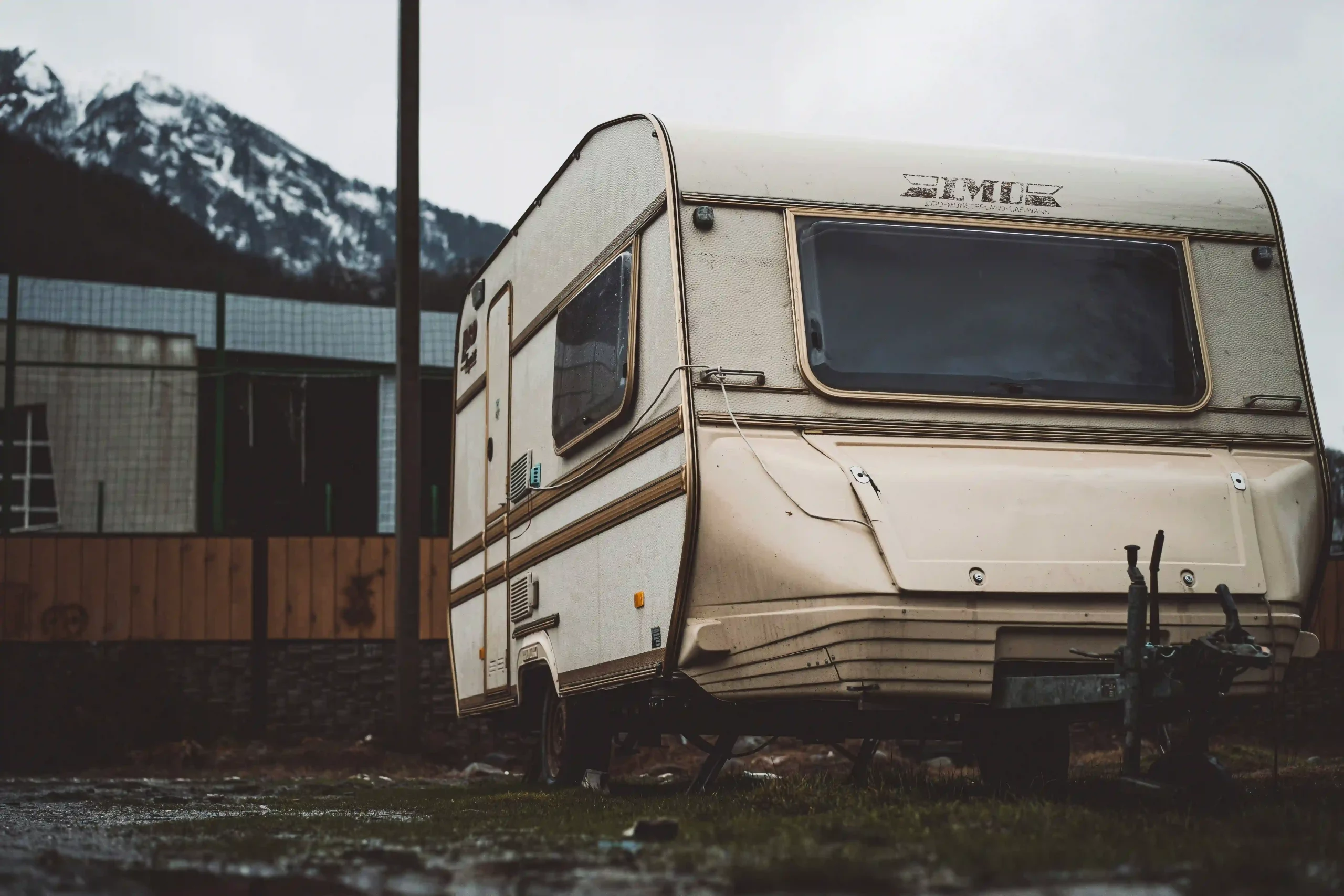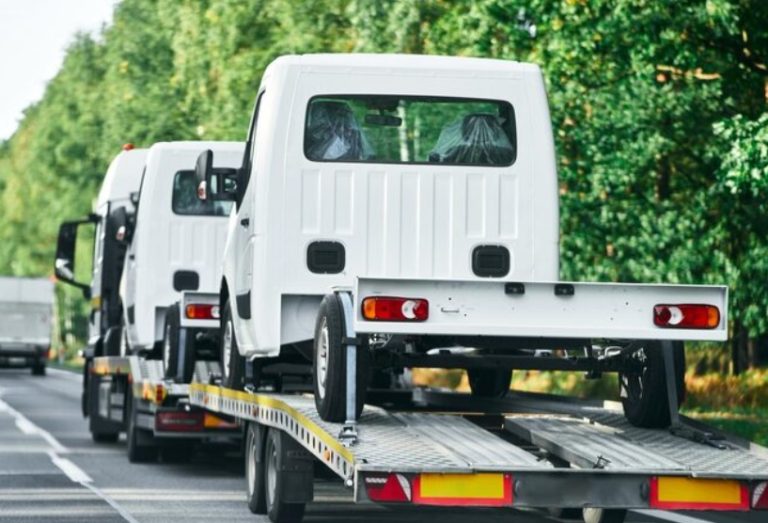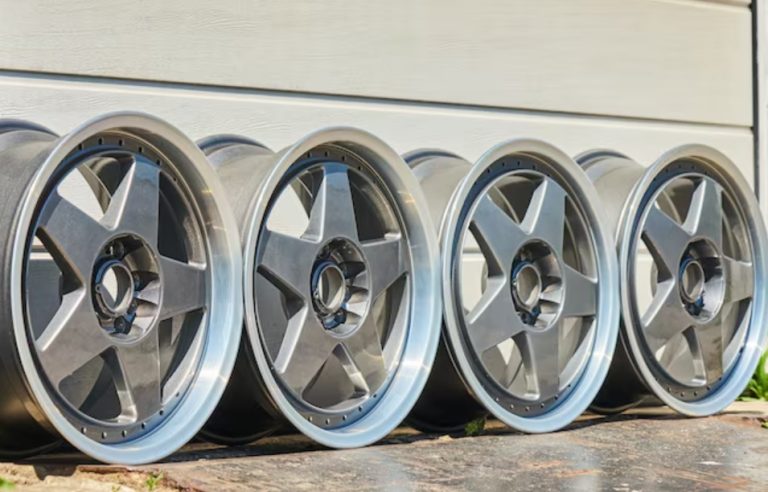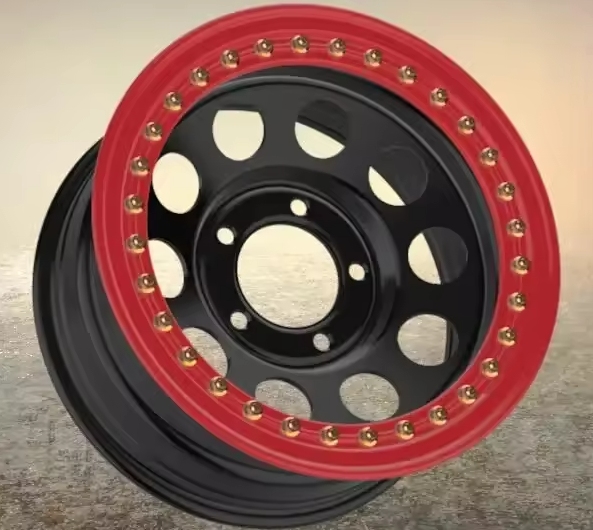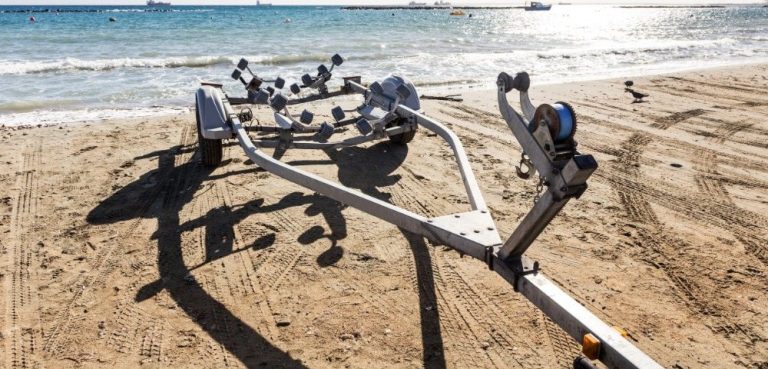Handling towing rules can be challenging for cross-state travelers with trailers. This is especially true in the varied Rocky Mountain area. Montana towing laws vary from those in nearby regions like Idaho, Wyoming, and North Dakota. Grasping these distinctions is essential. It keeps you lawful and secure. This article examines Montana’s towing guidelines. It also compares them with surrounding states and provides useful advice for travelers sourcing trailers from dependable providers.
Understanding Montana Towing Laws
Key Montana Towing Regulations
Montana sets clear standards to promote road safety for trailer towing. These regulations address weight boundaries, gear necessities, and permits.
- Weight Boundaries: Gross Combination Weight Rating (GCWR) must stay under 26,000 lbs without a Commercial Driver’s License (CDL) for personal use.
- Trailer Brakes: Needed if the trailer’s total weight surpasses 3,000 lbs.
- Lights and Reflectors: Trailers require working tail lights, brake lights, and reflectors.
Licensing and Permits in Montana
For most leisure towing, a regular driver’s license works fine. Yet, oversized loads—over 8’6” wide or 75’ long—demand special passes. Montana upholds firm adherence. This is particularly true on remote roadways.
Comparing Montana Towing Laws with Neighboring States
Montana vs. Idaho
Idaho has Montana’s rough landscape but enforces somewhat tougher rules.
- Speed Caps: Montana permits 65 mph for towed units on highways. In contrast, Idaho limits it to 60 mph.
- Brake Rules: Idaho requires brakes on trailers above 1,500 lbs. Montana’s cutoff is higher at 3,000 lbs.
- Width Caps: Both areas restrict trailer width to 8’6”. However, Idaho insists on daytime-only travel for wider loads without permits.
Montana vs. Wyoming
Wyoming’s vast plains shape its towing rules differently.
- Chain Rules: Wyoming mandates tire chains during winter blizzards. Montana suggests them but doesn’t require them.
- Length Limits: Montana allows a total length of 75’. Meanwhile, Wyoming permits 85’ for non-commercial setups.
- Lighting: Wyoming calls for extra side markers on trailers over 30’ long. Montana skips this rule.
Montana vs. North Dakota
North Dakota’s flat terrain differs from Montana’s peaks, influencing its laws.
- Weight Caps: North Dakota matches Montana’s 26,000-lb GCWR limit. Yet, it applies stricter axle weight inspections.
- Speed: North Dakota allows 70 mph for highway towing. This exceeds Montana’s 65 mph.
- Safety Chains: Both regions demand them. However, North Dakota sets a minimum strength standard.
| Feature | Montana | Idaho | Wyoming | North Dakota |
| Top Speed (Highway) | 65 mph | 60 mph | 65 mph | 70 mph |
| Brake Cutoff | 3,000 lbs | 1,500 lbs | 3,000 lbs | 3,000 lbs |
| Max Length | 75’ | 75’ | 85’ | 75’ |
| Permit Width | Over 8’6” | Over 8’6” | Over 8’6” | Over 8’6” |
Why Cross-State Travelers with Trailers Need to Know These Differences
Safety on Varied Terrains
Montana’s hilly paths require sturdy towing gear. On the other hand, Wyoming’s flatlands or Idaho’s woodlands present distinct hurdles. Understanding local rules ensures your trailer stays safe across borders. This applies whether it’s a box cage trailer or a hydraulic tipper.
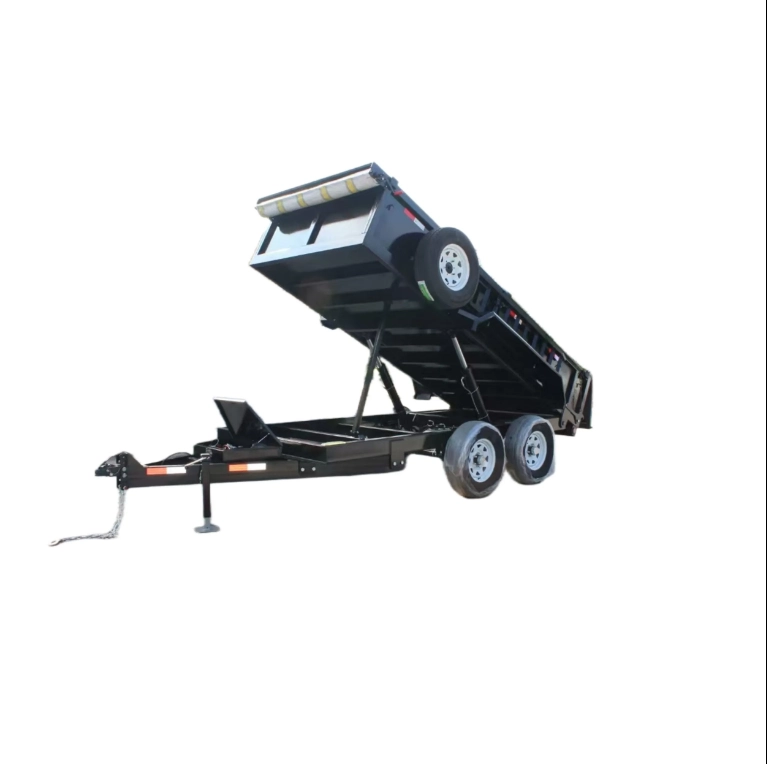
Avoiding Fines and Delays
Not knowing towing laws can trigger steep penalties or seizures. For example, surpassing Idaho’s brake limit without proper gear might cost a lot. Following rules keeps your trip seamless. It also protects your wallet.
Adapting Equipment for Compliance
Travelers might need flexible trailers or components. A multi-utility hydraulic pump trailer provides adaptability. It suits diverse state rules, simplifying cross-state towing.
Practical Tips for Cross-State Towing from Montana
Plan Your Route
Review state-specific laws before crossing lines. Montana’s 65 mph cap rises to 70 mph in North Dakota. So, tweak your speed as needed. Use online resources or state DOT sites for the latest info.
Inspect Your Trailer
Before you leave, check brakes, lights, and chains. A trailer from GO Trailer, like the 7 x 14 hydraulic tipper, often arrives ready for multi-state rules.
Carry Documentation
Keep your vehicle papers, trailer permits, and insurance close. Montana and its neighbors might ask for proof during roadside stops.
Prepare for Weather
Montana’s early spring—March, as of today, March 17, 2025—can bring snow. Wyoming’s chain rule might kick in too. Fit your trailer with weather-suitable tires and gear.

How to Choose the Right Trailer for Multi-State Travel
Consider Weight and Size
Align your trailer with the toughest state law on your path. A light box cage trailer fits Idaho’s 1,500-lb brake rule. Meanwhile, a bigger unit suits Wyoming’s 85’ limit.
Prioritize Versatility
Choose trailers with adjustable options. The multi-utility hydraulic pump trailer adjusts to different landscapes and rules effortlessly.
Check Compliance Features
Make sure your trailer has required brakes, lights, and reflectors. GO Trailer’s items are built with these basics, smoothing cross-state shifts.
GO Trailer: A Reliable Supplier for Cross-State Towing Needs
Picking the right trailer is vital for cross-state travelers with trailers. GO Trailer excels as a trustworthy option. It offers a broad selection of trailers and parts—like box cages, hydraulic tippers, and dump units. GO Trailer meets various towing demands. Its emphasis on strength and rule-following gives travelers assurance. They can handle Montana towing laws and more with ease.
FAQs About Montana Towing Laws and Cross-State Travel
1. What’s the most crucial towing law to check before crossing states?
Weight and brake rules differ greatly. Always verify your trailer’s total weight and braking setup match the strictest state on your route. This avoids fines.
2. How do speed limits impact towing safety across states?
Faster speeds stretch stopping distances and stress gear. Drive at the lowest limit on your trip. This ensures better handling and safety.
3. Can I use the same trailer in all states without changes?
It hinges on the trailer’s details. If it meets the hardest regional standards for weight, length, and safety equipment, no tweaks are needed. Otherwise, upgrades might be necessary.
Conclusion
For cross-state travelers with trailers, mastering Montana towing laws is a must. Their differences from Idaho, Wyoming, and North Dakota matter too. Montana’s rules focus on safety and utility. Yet, nearby states add their own spins. Whether you’re pulling a box cage trailer or a heavy-duty hydraulic unit, staying legal is critical.


